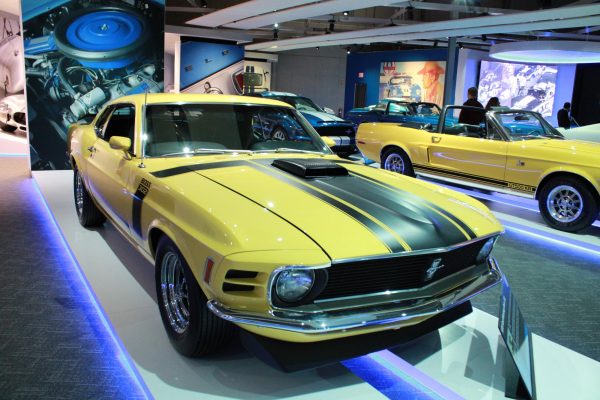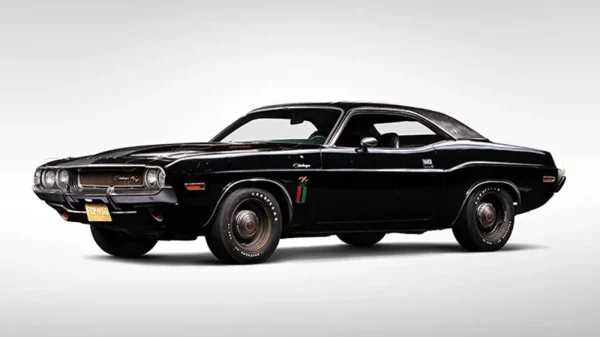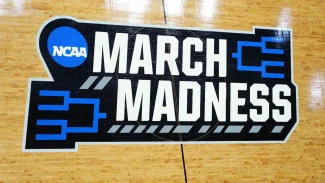America’s Response to the Puerto Rico Hurricane
October 10, 2017
On September 20th, Hurricane Maria slammed into Puerto Rico as a category four storm. In its wake, ninety-seven percent of the island lost electricity, buildings were completely destroyed and food, clean water and even everyday materials were unavailable to the island’s many residents. Hospitals ran out of medicine for their patients, who are unable to leave the island. A humanitarian crisis developed and communication was cut off; almost every cell tower was destroyed and landlines was destroyed.
This situation led to a massive response by the American government. It oversaw the shipment of tons of food, provided billions in financial aid to Puerto Rico and helped move donations. Over 12, 000 federal employees were sent to Puerto Rico helping with the relief effort. The people sent included three-star Sgt. General Jeff Buchanan, the National Guard, FEMA workers and others. They are currently handing out supplies, rebuilding infrastructure, especially bridges and are helping get people access to electricity, drinking water and food. There are many difficulties. Without cell service and electricity, communication with anyone on the island is almost impossible, leading to many disconnects. A good example of one of these involves the fact that most Puerto Ricans get rainwater from cisterns from their homes, not from the water lines like was thought the relief personnel. They focused on rebuilding the water line, instead of homes, leaving many without fresh water. Puerto Rico is in the middle of a ballooning debt crisis in danger defaulting on their debt. This is leading to cash shortages on the island. Also, there are many government programs that were in the way like the Marine Merchant Act of 1920 (Jones Act). The Jones Act requires that all domestic shipping must be done on American built ships with American crews. The lack of these ships already makes items in Puerto Rico, a much poorer area than the mainland, two to three times more expensive there than they are here. This problem was shown in the aid that was sitting in shipping containers on the US mainland, with no way to Puerto Rico.
Many argue the Washington has been too slow to react. It took eight days for the administration to waive the Jones act, something done almost immediately in the wake of Harvey and Irma. The argument has been that Washington has paid much less attention to Puerto Rico than Texas and Florida after their hurricanes. Thirteen days after the event, still ninety-five percent of the island is without power compared to it being almost completely restored in Florida and Texas by the thirteenth day. Many roads are still impassible and communication with rural areas is still almost impossible. It is said that it might take up to a year before power is fully restored. Hospitals are still out of many important medical supplies. Puerto Rico is still a disaster zone.
The response of Washington and the states is that they had aid waiting but Puerto Rico never called for it and prior to the storm. Puerto Rico said they could handle it themselves. They are also saying budgetary strains are a problem also. They have said overall, their response has gone very well. Also, they have criticized local leaders like the mayor of San Juan for their lack of support, mostly because of the lack of truck drivers driving the supplies to their destinations.










